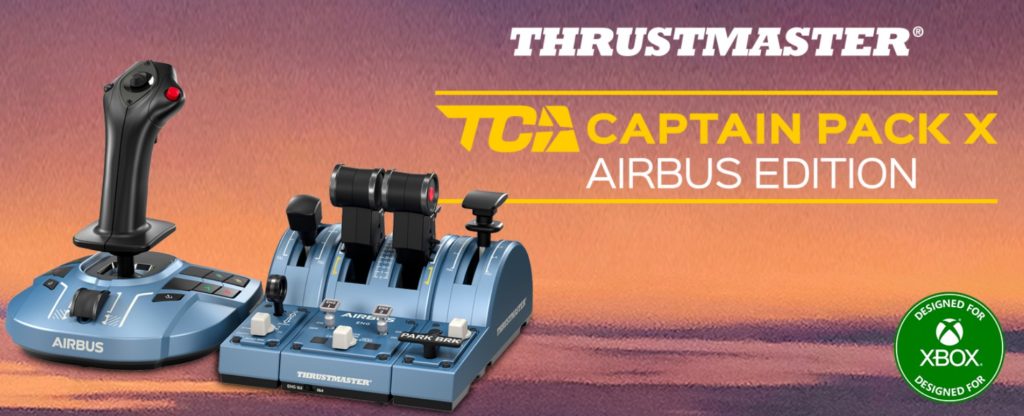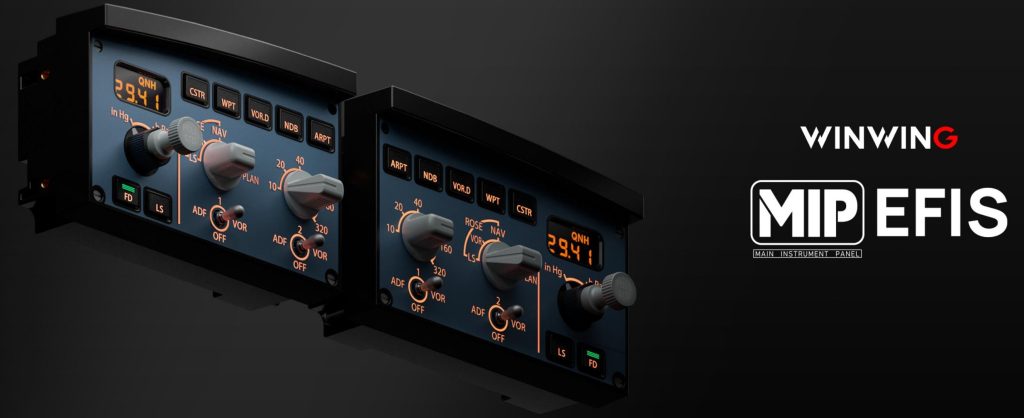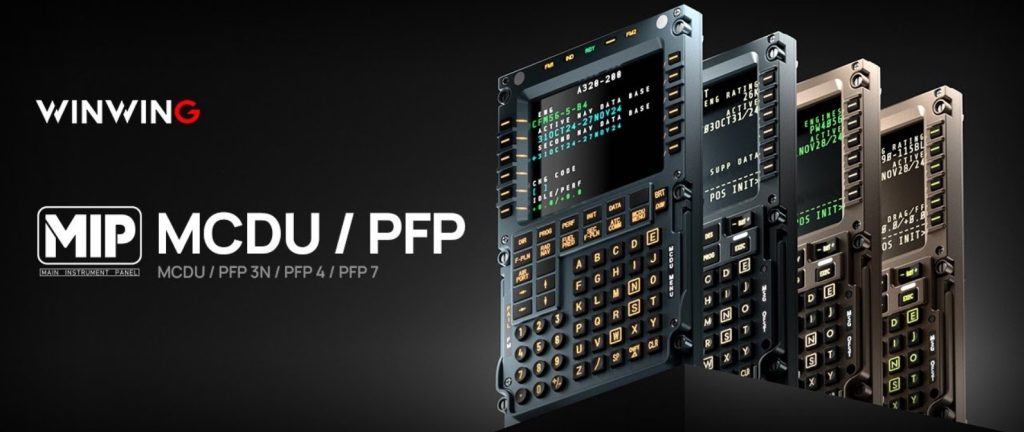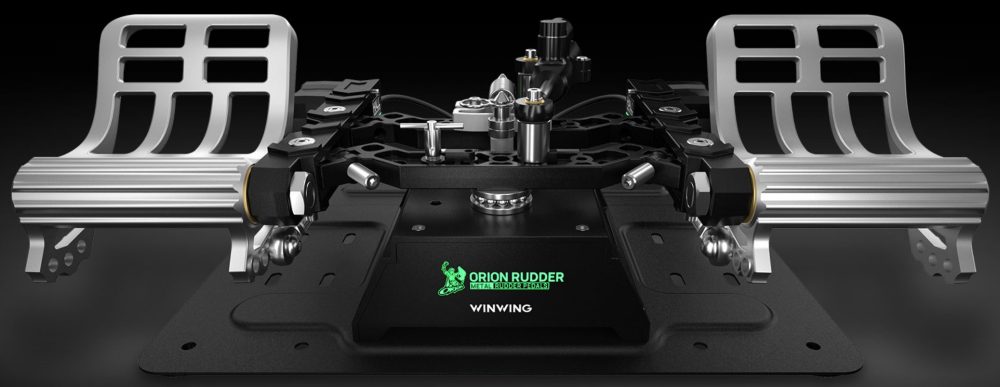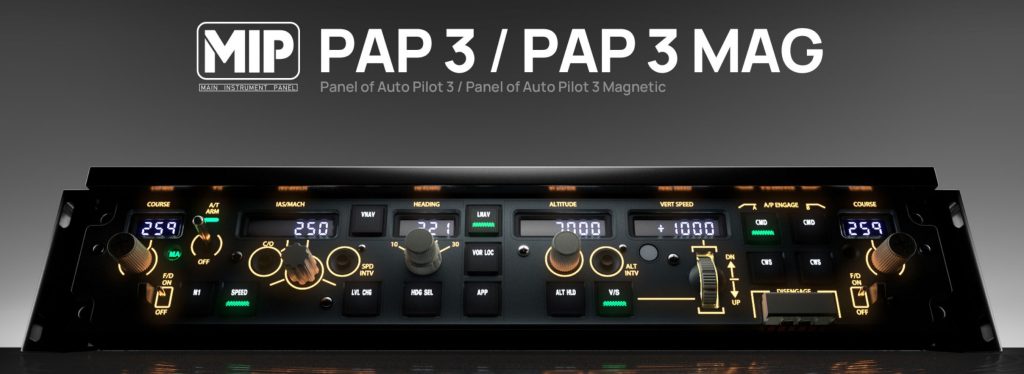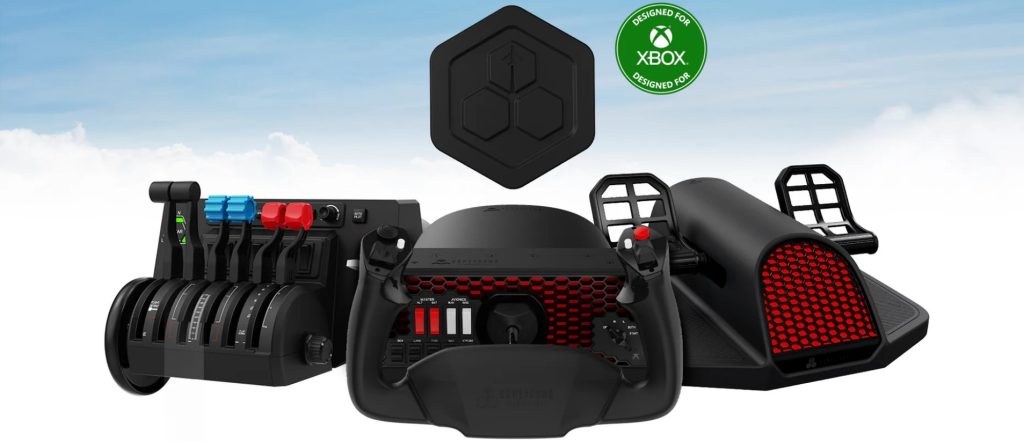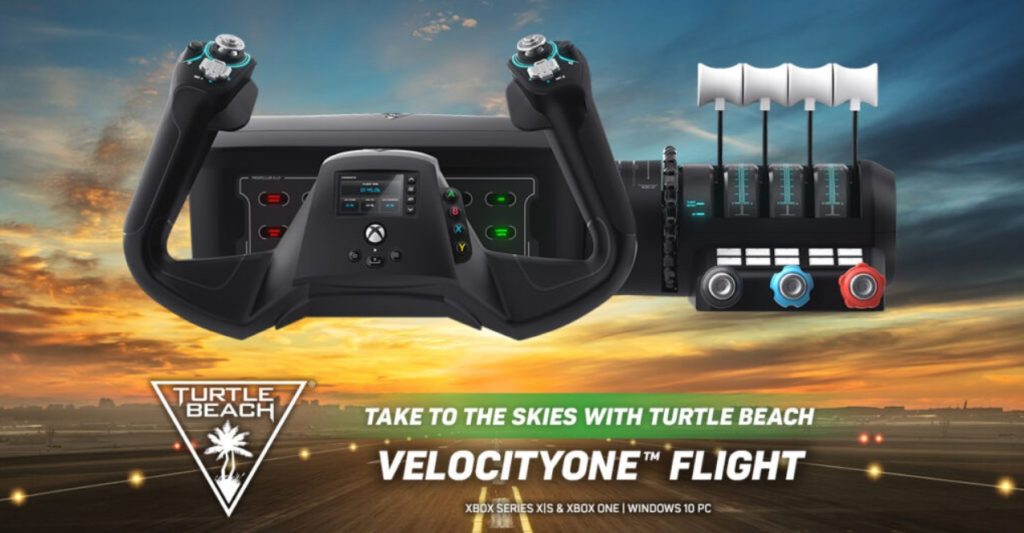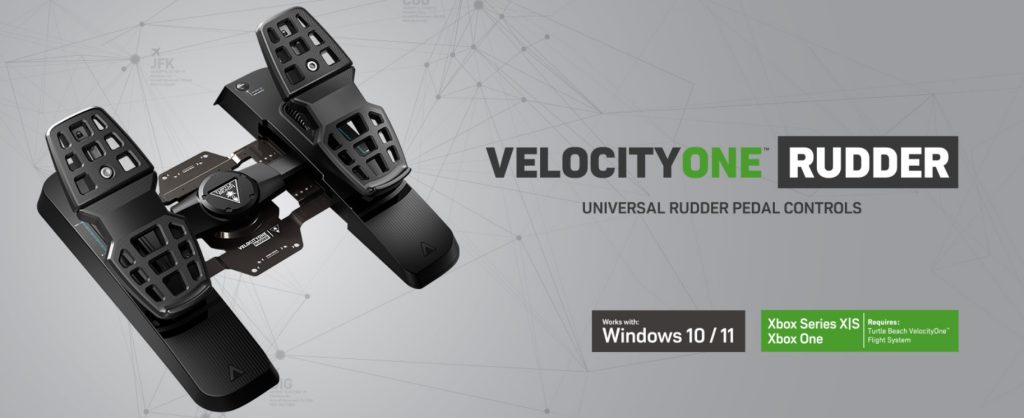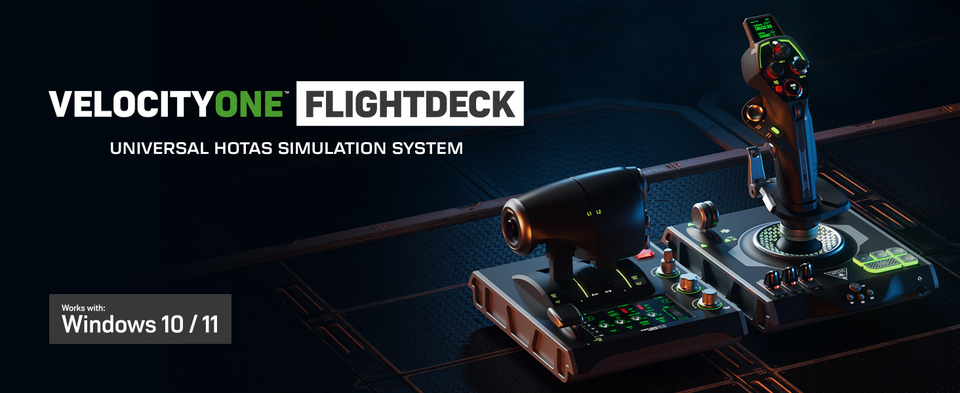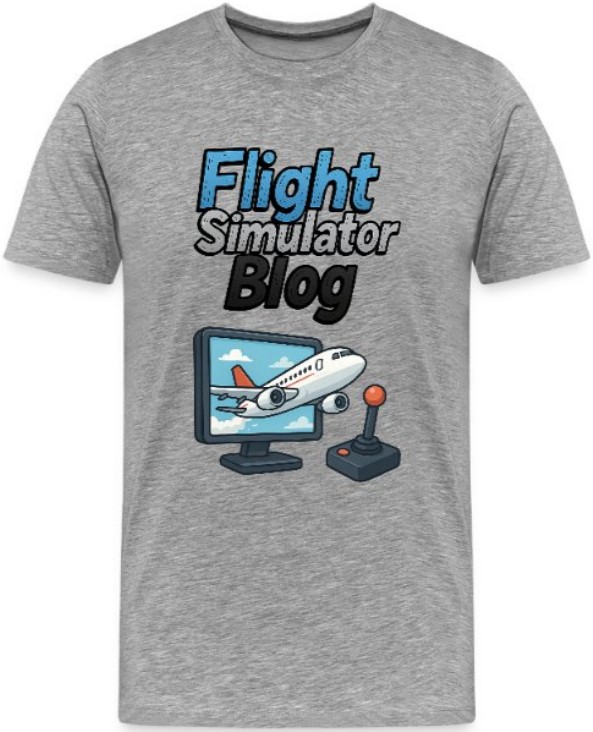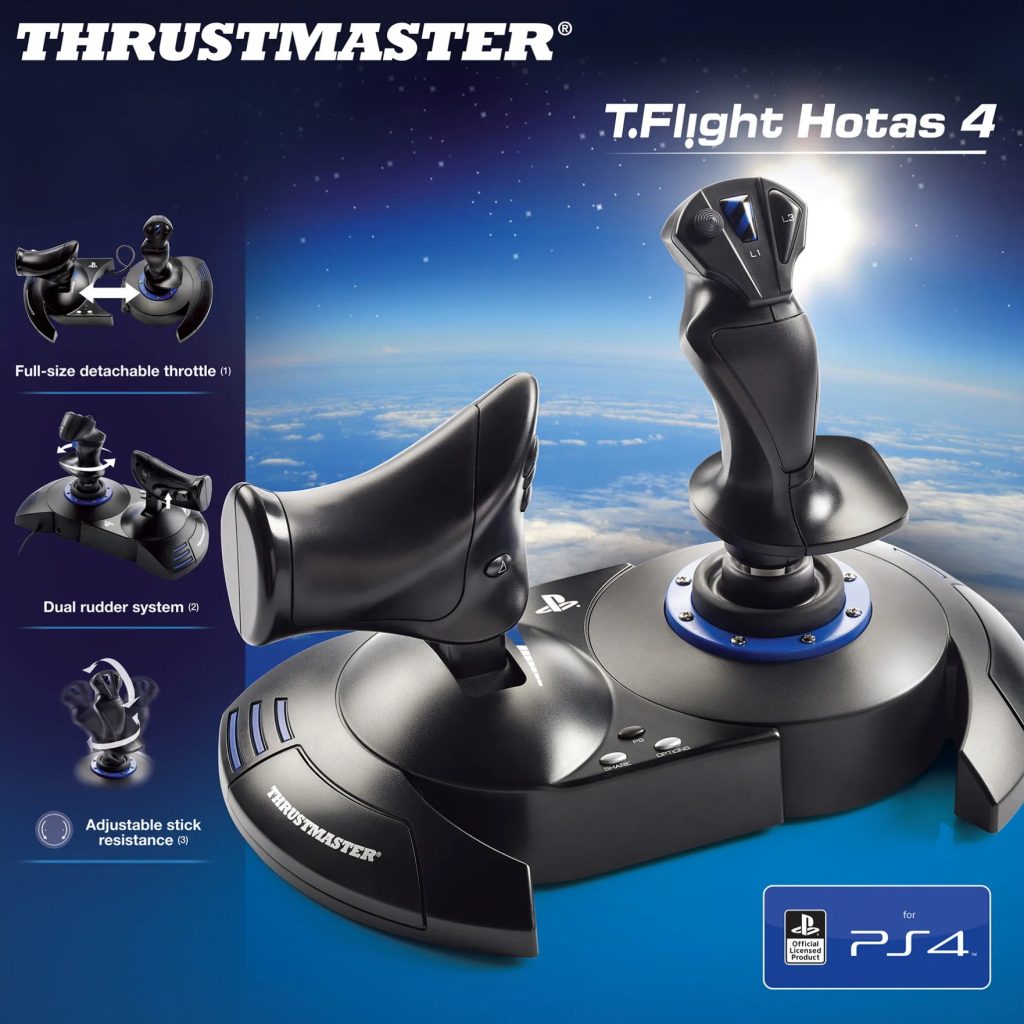This article was updated on Monday, November 24, 2025, and updated sections are marked with the ⚠️ icon.
X-Plane 12 is already one of the most realistic flight simulators on the market, but every simmer knows that the real magic happens once you start customizing it. The base sim gives you a great foundation — accurate flight models, stunning new weather, and a modern rendering engine — but it’s the addons and tweaks that transform it from “just a simulator” into a truly personal, immersive experience. Whether you’re chasing real-world training fidelity, buttery-smooth performance, or jaw-dropping visuals, the right enhancements can make all the difference. In this article, we’ll explore essential X-Plane 12 addons and tweaks that every virtual pilot should consider, from visual upgrades, navigation aids, and performance optimizations. Think of it as your shortcut to getting the most out of Laminar Research’s incredible platform.
Photoreal World and Night Lighting Fix ⚠️

Reduce Atmospheric Haze
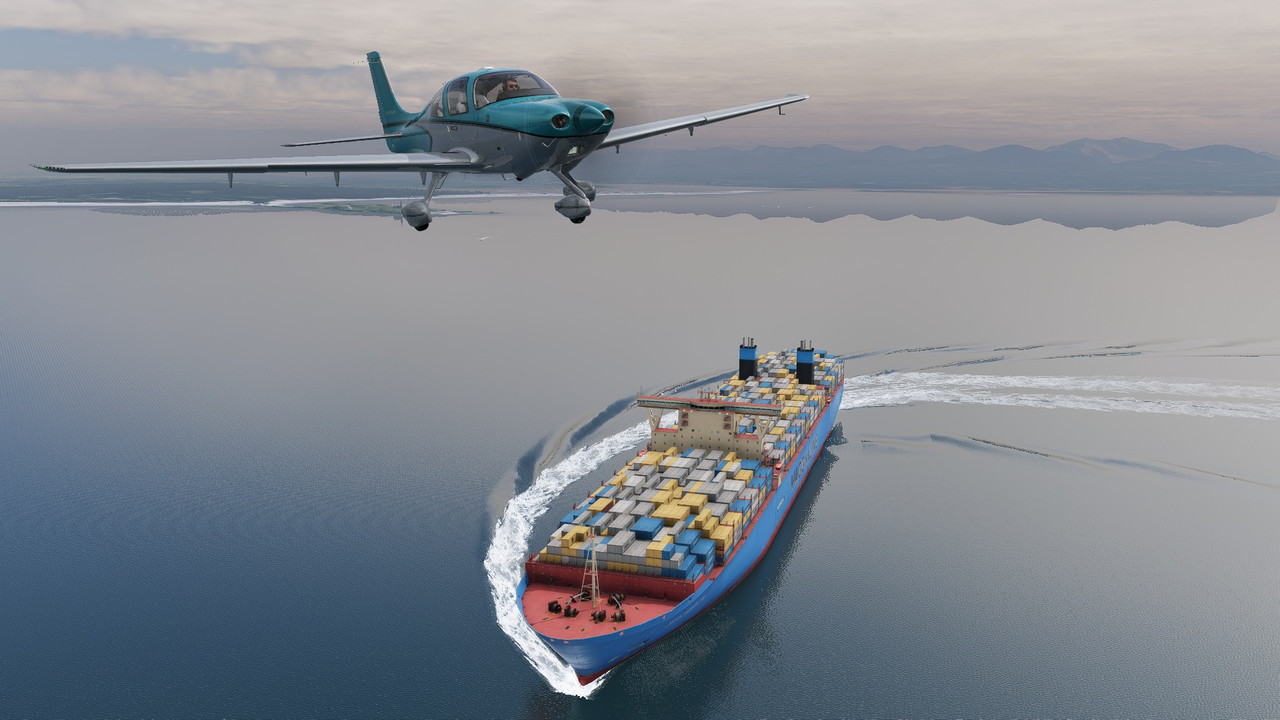
I know what a clear day should look like from the cockpit — and in default X-Plane 12, it almost never does. The simulator tends to add way too much haze, even in weather reports that call for clear skies. While that might look atmospheric, it makes VFR navigation harder than it should be and can break immersion. That’s where HazeAdjust comes in, and frankly, it’s one of the most underrated addons I’ve installed.
HazeAdjust allows you to dynamically control the amount of atmospheric haze in X-Plane 12. Instead of being locked to the simulator’s sometimes overly aggressive visibility model, you can tweak the haze level to match what you’d expect in the real world. Clear CAVOK days now actually look clear, and distant terrain features are finally visible — just like when you’re climbing through 5,500 feet on a crisp morning.
What I appreciate most is how easy it is to use. You can make adjustments on the fly without restarting the sim via Plugins → FlyWithLua → FlyWithLua Macros → HazeAdjust Settings. We recommend the following values.
| 190 | turbidity * 100 |
| 30 | single * 100 |
| 90 | multi * 100 |
Remove Moving Airport Vehicles
.thumb.jpg.192f507924071e5158b8d0fb2dbab9db.jpg)
As a line pilot accustomed to real ramps, taxiways and apron operations, I find this addon refreshingly useful. Removes Airport Vehicles is a tweak for X-Plane 12 that eliminates the default animated airport vehicles that roam around service roads, enter gates, drive in front of parked aircraft, or sometimes even awkwardly clip into buildings.
In practical terms, the addon removes over 1,400 moving service vehicles globally in the simulator. The goal is two-fold: one, to reduce clutter in busy airports where these default vehicles may appear unrealistic in behavior or interfere visually; and two, to help with performance, particularly for users whose systems struggle in high-traffic airports or during critical phases like taxi-in/out on short finals.
From a pilot’s standpoint, the effect is subtle but meaningful: the ramp feels calmer, less chaotic, and more predictable. If you fly into busy hubs—say large international airports with lots of ground service traffic—the removal of these moving vehicles cleans up distracting visual noise, letting you focus on taxiway markings, lighting, and actual traffic.
Better Pushback
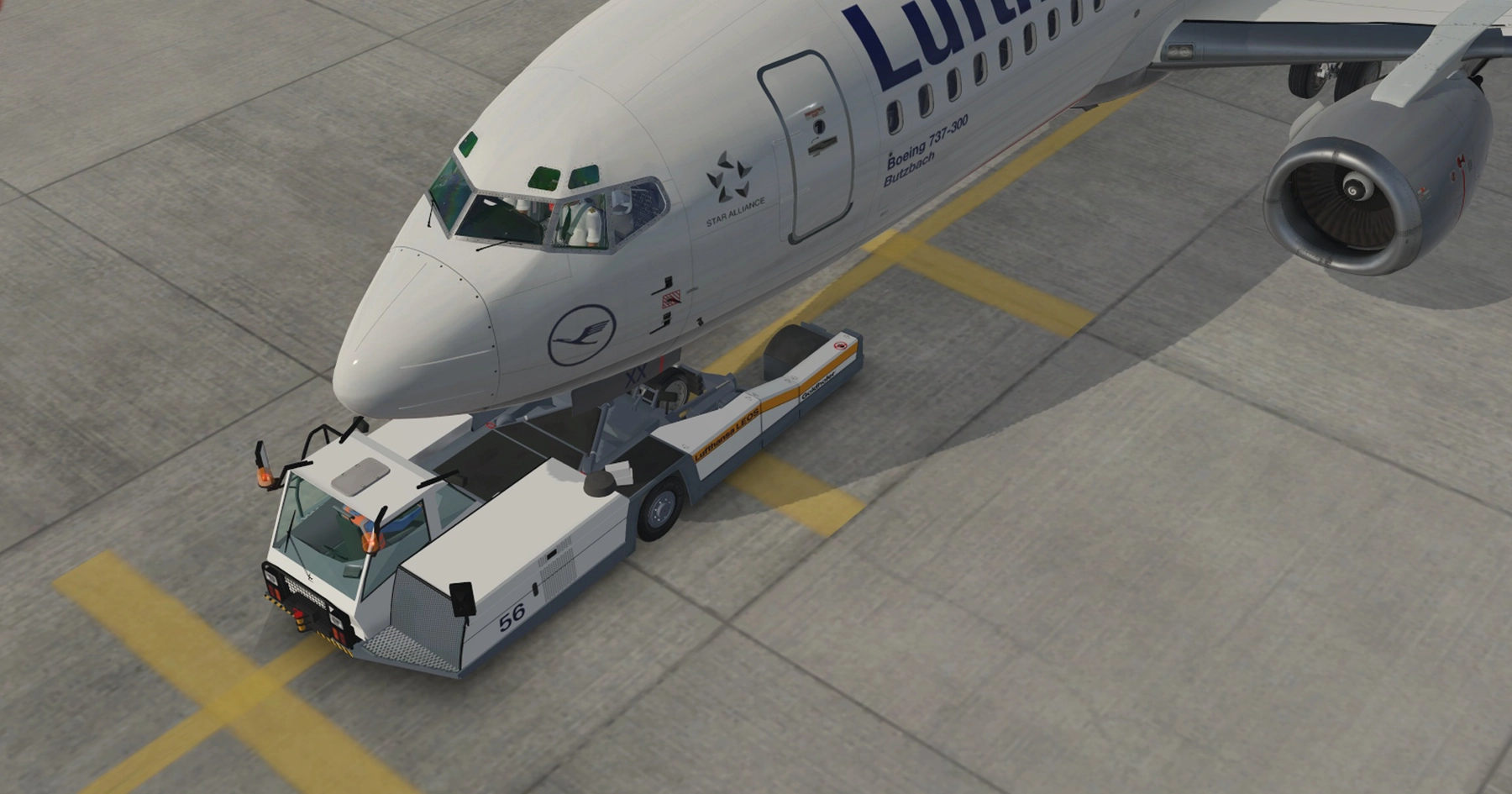
As someone who spends more time on the ramp than most, pushback operations are something I live in reality: precision, communication with ground, knowing your aircraft’s geometry, tug positioning, avoiding wingtip or tractor collisions, etc. Better Pushback brings that level of care into the sim.
Instead of using the default Shift+P or by-hand basic pushback, Better Pushback gives you a pre-plan view (overhead map) in many versions, where you set a pushback route (reverse, turn, angle) from the gate apron out to a safe parallel taxiway or parking spot. Then the plugin executes the plan—moving the tug, pivoting nose, steering tiller, etc.
There are known limitations: some gates or scenery don’t allow good route plotting (static jetways or odd geometry), some aircraft cause crashes depending on plugin interactions, and support for negative airport elevation is spotty. Better Pushback gives you tools to handle pushback like a pro. It isn’t perfect, but the improvement over default pushback is substantial; once you use it regularly, it becomes part of your standard ops checklist.
Visual Docking Guidance

As a commercial pilot used to precision when docking at gates, I’ve always appreciated Visual Docking Guidance Systems (VDGS) and marshallers in the real world—they take away guesswork, reduce ground handling delays, and help avoid damaging nose gear or ground equipment. AutoDGS, a freeware plugin, brings that realism into X-Plane 12.
What it does: AutoDGS automatically installs—or more precisely, adds—visual docking guidance cues at gate/jetway positions in many default and third-party airports. As you taxi in toward a compatible gate with a jetway, the plugin activates the VDGS displays: alignment indicators (left/right), distance/stop cues, exit-speed or stopping guidance—all visually, using LED-style displays or static markers (jetway-adjacent) to tell you how far forward you are, whether you’re centered, and when to stop.
From the pilot’s seat, the benefit is subtle but meaningful. Arriving at a gate in a heavy jet, in poor light or low visibility, you get that added cue so you’re not relying purely on eyeballing or taxiway signage. It reduces the odds of clipping equipment, overshooting the gate, or floating nose-gear. And in online flying network, it adds to immersion.
Electronic Flight Bag

As someone who flies aircraft in real life, I’m used to having all my charts, maps, SOPs, and airport info readily available on an Electronic Flight Bag (EFB). AviTab is a plugin for X-Plane 12 that does exactly this inside the sim: it gives you a virtual tablet inside the cockpit (or as a floating window) that handles PDF charts, moving maps, airport info (runways, frequencies, METARs), and more.
One of AviTab’s big strengths is Navigraph compatibility to view your Jeppesen or other Navigraph charts directly inside the sim. That means no alt-tabbing, no messing with external windows or monitors—charts are right where you need them. In addition, AviTab supports virtual-reality (VR) mode and non-VR (2D) mode, so whether I’m flying from my full simulator cockpit or using my VR headset, the same functionality is available.
Light Sprite Fix

The Light Sprite Tweak is designed to improve night flying conditions when connected to online networks such as VATSIM or IVAO. In the base simulator, the landing and taxi lights of other aircraft can sometimes appear unrealistically bright, producing oversized glare effects that make it difficult to maintain situational awareness on approach or while taxiing in busy airports. This tweak adjusts the default light sprite rendering, toning down the size and intensity of these effects so that other aircraft’s landing lights remain visible but no longer overwhelm the visual environment.
The installation is replacing the default 1000_lights_close.png file with a modified version that tones down or reduces the exaggerated rays and flares from landing light sources. The idea is simple: drop the file in, overwrite the existing one, and you immediately reduce that “halo” or “Star of Bethlehem” type lighting effect many users complain about. It does not mess with performance significantly since it’s just a bitmap swap.
Cockpit & Scenery Shadow Fix

In X-Plane 12, many users complain about “saw-edged” (jagged) shadows inside the cockpit — low-resolution shadow maps, and coarse shadow detail that degrade immersion and, importantly, make scanning harder. The cockpit shadow saw-edge fix is a tweak achieved by editing XP12-installation-folder → Resources → settings.txt to increase shadow map resolution sizes used for cockpit shadows up to 8192. Remember to backup the file before making any edits.
| Line | Parameter | Default Value | New Value |
|---|---|---|---|
| 292 | fbo/shadow_cam_size | 2048 | 8192 |
| 293 | fbo/shadow_cam_size | 1024 | 8192 |
| 294 | fbo/shadow_cam_size | 2048 | 8192 |
| 295 | fbo/shadow_cam_size | 4096 | 8192 |
| 296 | fbo/shadow_cam_size | 4096 | 8192 |
Another handy tweak addresses an annoying side effect while in-sim, Graphics setting Shadow Quality is set to Aircraft Only: the infamous flickering water textures. By editing XP12-installation-folder → Resources → settings.txt to keep scenery shadows enabled, prevents water flickering, while other shadows-related rendering is minimal to gain better performance. The result is smooth, stable water surfaces that no longer flash visually when you pan the camera or descend over coastlines.
| Line | Parameter | Default Value | New Value |
|---|---|---|---|
| 292 | shadow/scenery_shadows | 0 | 1 |
Rain Drops & Reflection Fix ⚠️

You can use a simple FlyWithLua tweak to make the raindrops on the windshield look more realistic by adjusting their scale. Adding the lines
set("sim/private/controls/rain/scale", 0.1)set("sim/private/controls/rain/kill_3d_rain", 1)
to your Lua script will reduce the default size of the rain droplets, making them appear smaller and more proportional to the real-world view from the cockpit. It also removes the ‘Star Wars–style’ streaking effect that appears when flying through precipitation. These changes improves immersion, especially when flying in heavy rain, by preventing the overly large droplets from obstructing too much of the windshield and creating a more natural precipitation effect.
If you notice distracting vibrating reflections on aircraft surfaces or along the coastline waters in X-Plane 12, you can disable them entirely with a simple Lua script. By using
dataref("remove_reflections", "sim/private/controls/debug/kill_ssr", "writable")
remove_reflections = 1
you tell the simulator to turn off screen space reflections (SSR), which are responsible for the shimmering and vibrating effect. This tweak can help improve visual stability and may also slightly boost performance, resulting in a cleaner, distraction-free image when flying near reflective surfaces.
Trees Draw Distance Fix ⚠️

Final Thoughts
Flying in X-Plane 12 has always been about chasing realism — the feeling of being up there, in command of the aircraft, making decisions in real time. But these ten essentials transform the simulator into something more than a game. They turn it into a believable, almost tactile extension of the real cockpit. From my perspective as a real-world pilot, the difference is striking.
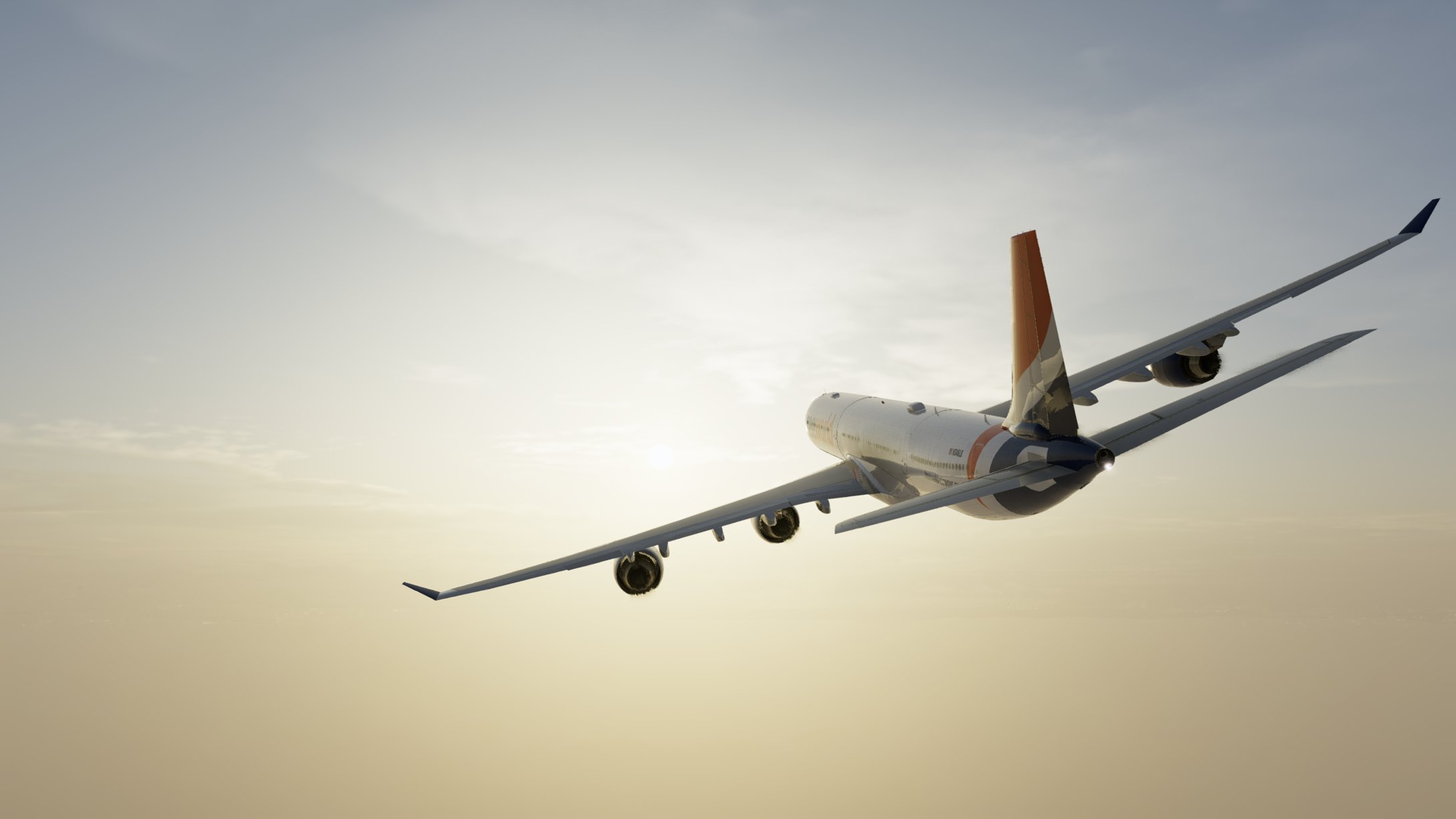
These enhancements don’t just add eye candy — they create the mental workload, the visual cues, and the small imperfections that make flight so challenging and rewarding. When I step out of the sim and back into the real cockpit, I feel sharper, more prepared, and oddly grateful that software can get this close to the real thing.
So install these essentials, tune them to your liking, and take a moment on your next flight to just sit there at cruise, watching the light shift, the rain streak, and the world roll beneath you. If you’ve ever wondered what it feels like to fly for real, this is about as close as you can get — without leaving the ground.
And finally, don’t forget to study our Performance Boost Tricks for X-Plane 12 to gain smoother flying.

